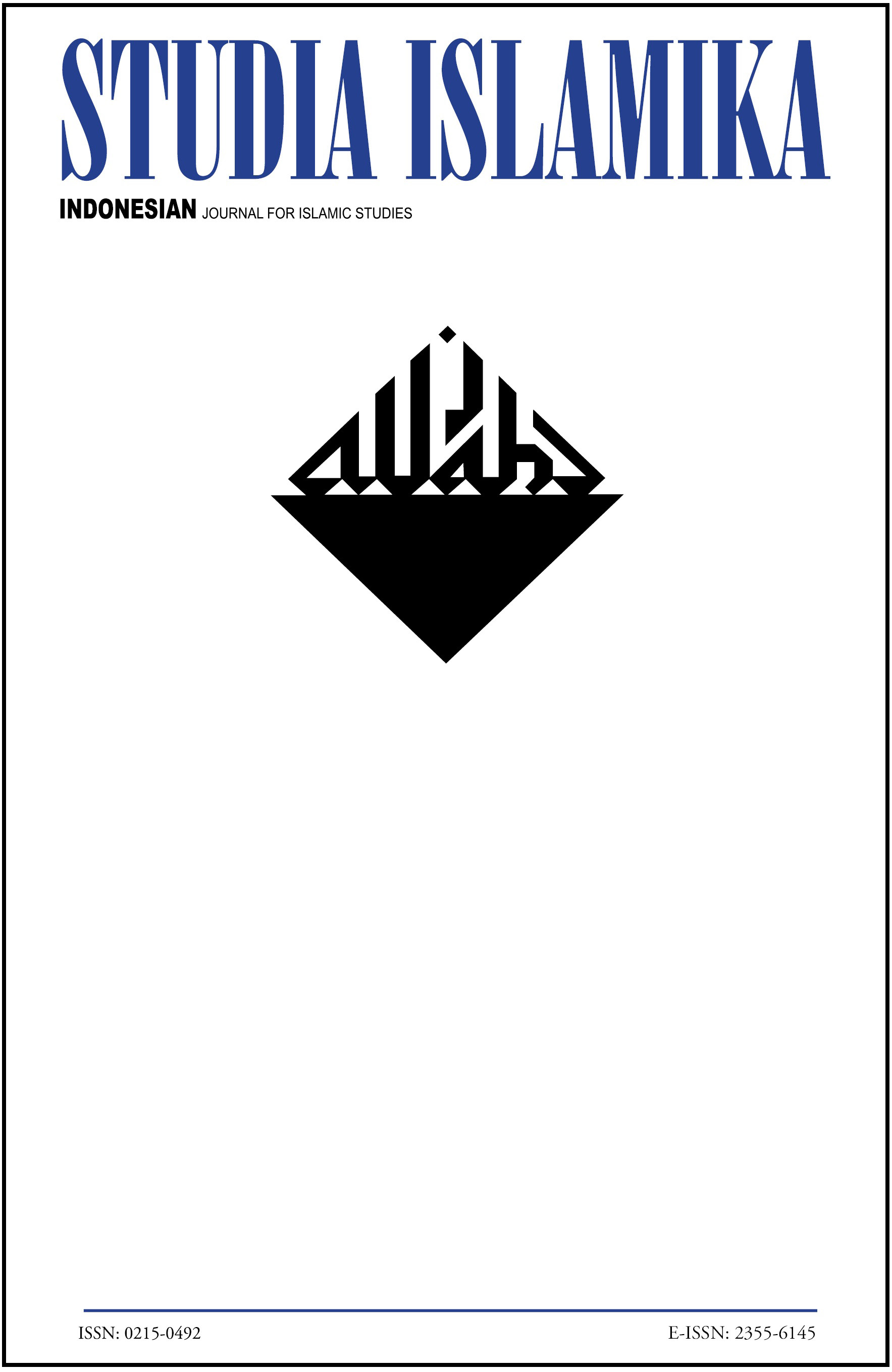Abstract
The birth of Jamaah Tabligh was in fact a direct reaction to the emergence of aggressive Hindu proselytization movement, such as the Shuddhi (Purifying) and Sangathan (Consolidation) movement, which made wide-reaching attempt in the early 20th century to "return" to Hinduism those who had "left" the religion and converted to Islam during the period of Muslim political power in India. The main target of these right-wing Hindu movements were those they called "borderline Muslims" who still maintained many beliefs and cultural habit that had come from Hinuism. Maulana Muhammad Ilyas, founder of Jamaah Tabligh, believed that only a grass-roots Islamic movement could challenge the effort of Shuddhi and Sangathan, thought "purifying" these "borderline" Muslims and educating them about basic faith and worship in order to save them from the process of Hindunisation.DOI: 10.15408/sdi.v11i3.596Authors who publish with this journal agree to the following terms:
- Authors retain copyright and grant the journal right of first publication with the work simultaneously licensed under a Creative Commons Attribution License that allows others to share the work with an acknowledgement of the work's authorship and initial publication in this journal.
- Authors are able to enter into separate, additional contractual arrangements for the non-exclusive distribution of the journal's published version of the work (e.g., post it to an institutional repository or publish it in a book), with an acknowledgement of its initial publication in this journal.
- Authors are permitted and encouraged to post their work online (e.g., in institutional repositories or on their website) prior to and during the submission process, as it can lead to productive exchanges, as well as earlier and greater citation of published work.
Downloads
Download data is not yet available.

